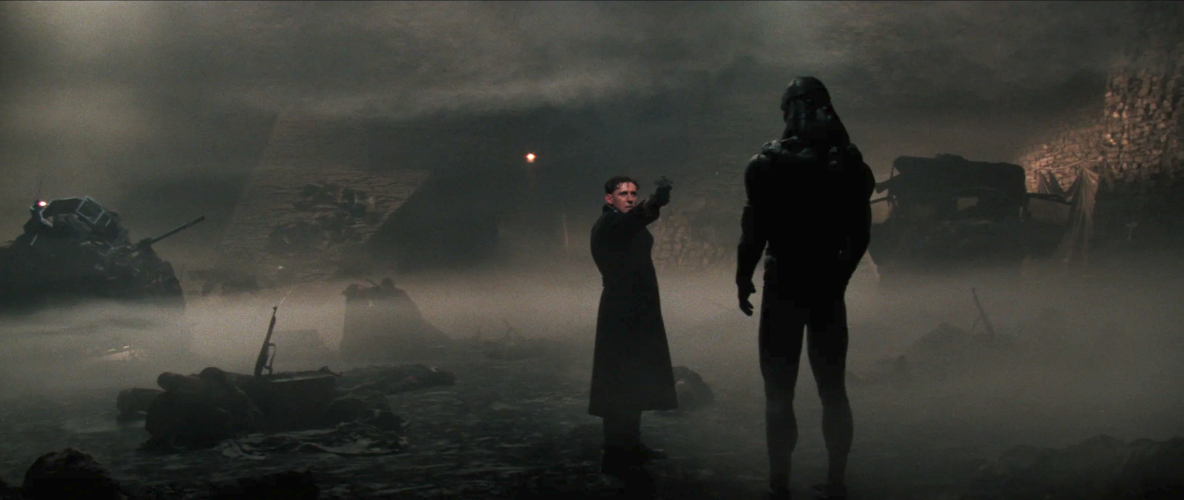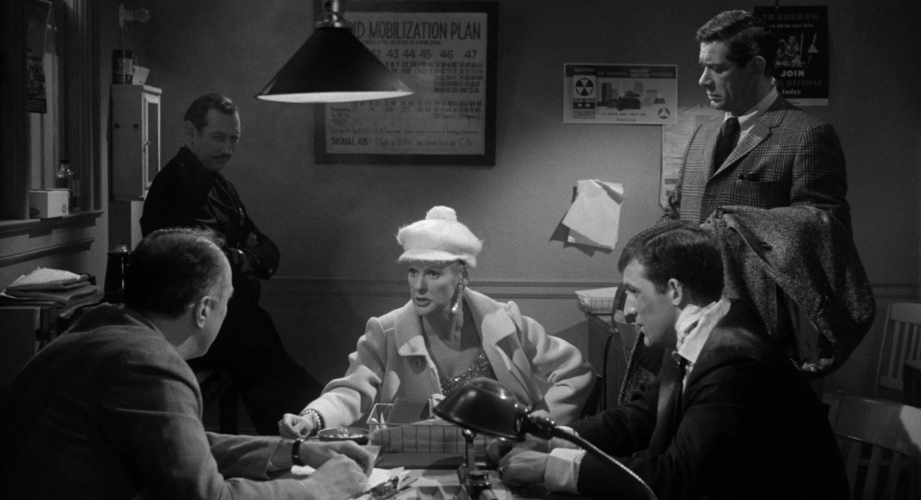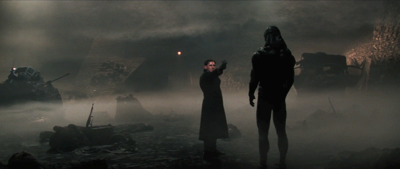Join us for a brief journey through some of what’s new and interesting in the world of physical media, from sexploitation classics and lost films maudits to historical moments in American cinema.
The Keep (Vinegar Syndrome UHD/Blu-ray)
The fact that this even exists is still staggering. Long consigned to the realm of video whatsit by a negative initial reception and director Michael Mann’s own frustrated experiences making and finishing it, 1983’s The Keep was one of those special kinds of films, passed to friends and genre enthusiasts with affection and enthusiasm. Somehow Vinegar Syndrome made it happen, and in 4K no less — selling out its initial allotment of 12,000 units within hours. It’s a longtime favorite of mine, a wild WWII story of Nazis FAFOing with a pair of ancient magickal forces and an amazing score by Tangerine Dream (the fave lineup of Franke, Froese and Schmoelling). Vinegar Syndrome’s scan will keep this film alive and kicking in the psyches of all who see it (though sadly that initial theatrical six-track Dolby Mix is not to be found), and there’s some interesting and insightful supplements (as well as a great essay from former Scene contributor Bilge Ebiri). Don’t miss it.
Bwana Devil (Kino Lorber/3D Film Archive 3D Blu-ray)
The very first feature-length 3D film is now finally available to home-viewing audiences in that format, 73 years down the road. It’s historic, really, and even people who don’t enjoy stereoscopic cinema would have to marvel at the history present here. Based on the same historical events as 1996’s The Ghost and The Darkness, Bwana Devil is about lions versus colonialism, and it’s an intense ride. It helps that star Robert Stack remained part of mass culture thanks to his time on Unsolved Mysteries, and he brings a loutish charm to the role of a man who must protect the reach of corporate interests across Africa. (A side note, for anyone concerned about exactly how racist this film’s portrayal of nonwhite folk is: The answer is “fairly racist,” though not so much toward the African population. It’s much more so to the primarily Indian workforce the railroad companies imported at that time. Which is equally disheartening and fascinating for modern viewers.) The 3D is impressive in that it means watching the birth of a new medium of film storytelling, and though the lions were apparently very mellow critters, they are edited and photographed in a way that makes them rather scary. As with any restoration the 3D Film Archive has worked on, there are supplements about the history of the film’s production as well as the technological processes director-producer Arch Oboler used to make the film.
The Vixen Trilogy (Severin UHD/Blu-ray)
Gregory's Severin Films is reissuing legendary grindhouse auteur Meyer's Vixen Trilogy
One of the big indications that the nation is in a dire place and that people are freaked out is how all of a sudden, deals are being made for films that were thought to be lost in the void of standard definition. When it was announced that Severin Films had managed to work out an arrangement with the estate of legendary filmmaker Russ Meyer for proper restorations and HD releases of three of Meyer’s films, jaws dropped and fingers were crossed that it might actually be happening. And it did, with 1968’s Vixen!, 1975’s Supervixens and 1979’s Beneath the Valley of the Ultravixens each tuned up and raring to go. This is the beginning of something historic — quality preservations of that which is past, made ready for whatever the future entails. See also: our recent talk with David Gregory of Severin and Vixen! star Erica Gavin.
April Fool’s Day (Kino Lorber UHD)
One of the things that a quality 4K scan of a film can show is just how much love went into making the film the first time around. This 1986 whodunit from Fred Walton (When a Stranger Calls and When a Stranger Calls Back) had some noticeable ambition (using a handheld video camera for some sequences, shooting in cinemascope) and a pretty effective final act (to say nothing of its deleted original ending, sadly lost forever). This new transfer is gorgeous in a way that its many decades on VHS and DVD never really dwelled on. It’s a fun film, and the extras disc has some good bonus features, but the 4K encode is nearly miraculous, letting us into one of the more artfully shot slasher classics of the ’80s.

Who Killed Teddy Bear?
Who Killed Teddy Bear? (Cinématographe UHD/Blu-ray)
One of the masterpieces of ’60s sleaze, Joseph Cates’ down-and-dirty tale of the streets (around Broadway) of NYC could easily have skated by on being a low-key document on what the mean streets of that time looked like. But Who Killed Teddy Bear? is an effective and edgy psychodrama with great turns from Juliet Prowse and Sal Mineo, the latter determined to close the door on his teen-idol days and let his psychotronic theater dreams explode onto the screen. This film has everything — a promenade through Times Square adult bookstores of the ’60s (classics of literature shelved next to mercenary filth, in one of several scenes that had been missing from previous video incarnations), a look at discothèques before disco music existed, an indictment of how little things have progressed when authority talks to women, running into young Phoebe Cates at the zoo, and what is apparently the first on-screen appearance of tighty-whities in American cinema. And Cinématographe has pulled out all the stops with an exquisitely bound edition that offers the film in 4K and on Blu-ray, with smart extras including a commentary from Liz Purchell and KJ Shepherd of Cruising the Movies and an essay from occasional Scene contributor Kyle Turner. Nobody does design and packaging like Cinématographe.
It Seemed Like a Bad Idea at the Time by Bruce Vilanch (Chicago Review press)
A comedic institution since the ’70s, Bruce Vilanch is one of those legends of the game who has stories about everybody, and he’s worked on so many different kinds of projects — films, variety shows, TV, standup comedy, songwriting — some of which are deservedly famous, others of which are rather infamous. So in approaching this memoir, Vilanch has let the first volume focus on the projects that didn’t work. That means The Star Wars Holiday Special. That means Can’t Stop the Music. That means The Paul Lynde Halloween Special. And a whole lot more. That approach is smart, because Vilanch is funny, and his recounting of these doomed (or at least negatively inclined) projects often yields more laughs than going back and watching the material that inspired it. But he dishes the dirt (respectfully), and as soon as I finished this book, I was ready for the second volume, wherein he’s going to be talking about the projects that did succeed. And you know I want the story behind the songs he wrote for Eartha Kitt, as well as the theme song to Cat’s Eye.








